10 recommended articles about datalis
HTML5’s new tag datalist enables automatic entry into the database fuzzy query when entering the first letter of Chinese/Pinyin, and returns the corresponding results to generate a datalist. When the input content in the input box changes, the datalist will automatically trigger the drop-down. Frame, the solution is very good. Let me share the example code with you through this article. Friends who need it can refer to it. A recent project involves a small function. When customers choose suppliers, due to the large number of suppliers (about 3,000) ; Since datalist will automatically trigger the drop-down box when the input content in the input box changes, it is more convenient to use than select. The front-end code is as follows: Html Code:
1. Detailed explanation of Html5 datalist tag and dynamic matching with background data
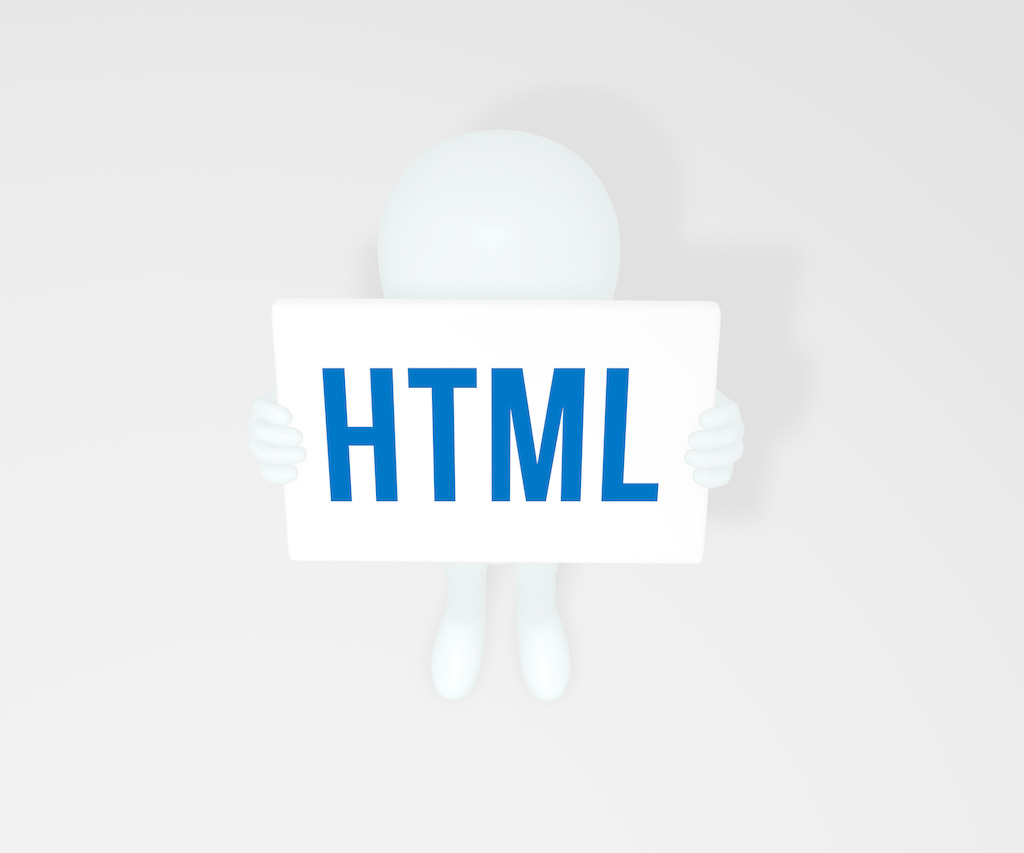
##Introduction: The new tag datalist in HTML5 realizes that when inputting the first letter of Chinese/Pinyin, it automatically enters the database fuzzy query and returns the corresponding results to generate a datalist. Due to the input content in the input box, When changing, the datalist will automatically trigger the drop-down box. The solution is very good. I will share the example code with you through this article. Friends who need it can refer to it
2. Html5 New Detailed introduction of tag datalist to realize dynamic matching of input box and background database data
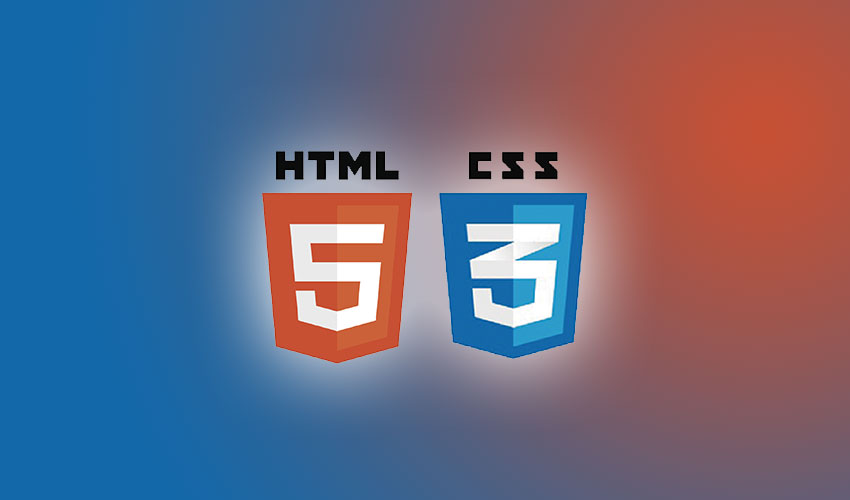
3.
Introduction to the use of the latest h5 tag datalis
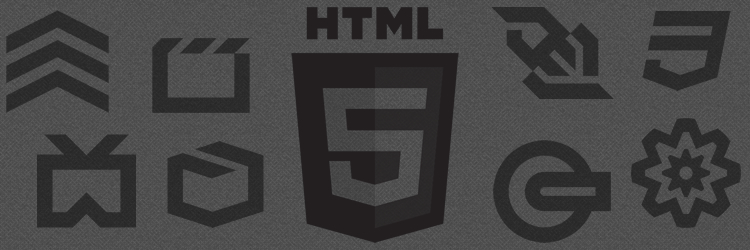
4.
Summary of how to use new form elements in HTML5 and practical tutorials
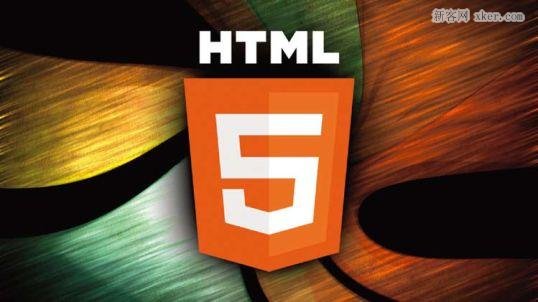 ##Introduction: HTML5 form elements HTML5 new form elements HTML5 has the following new form elements:
##Introduction: HTML5 form elements HTML5 new form elements HTML5 has the following new form elements:
5.
HTML5 form element examples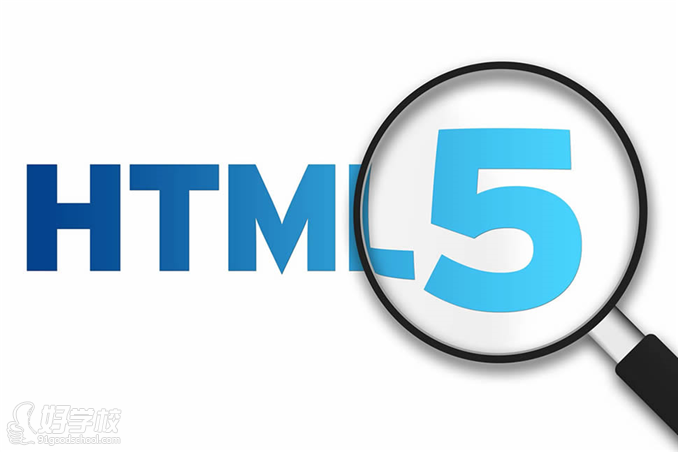 Introduction: HTML5 form elements HTML5 new form elements HTML5 has the following new form elements:
Introduction: HTML5 form elements HTML5 new form elements HTML5 has the following new form elements:
6.
《ASP.NET》Data Binding—Detailed Explanation of Graphic and Text Code for DataList PracticeIntroduction: The last article roughly talked about some basic knowledge of DataList. Mastering this knowledge will play a big role in future applications. Now we will start to talk about the basic knowledge mentioned in the previous article to make a Small example. First, there is a person table in the database of my computer, as shown in the figure below. Now, we use the DataList control to display the information in the table, and we can edit the tables in the database on the DataList control. 1. First create a web application with vs, add 7. Detailed explanation of "ASP.NET" data binding—DataList #Introduction: The DataList control is a control in .NET. The DataList control presents data in the form of a table (editable in the property builder). This control allows you to display data records using different layouts (edited using templates), for example, arranging data records in columns or rows. . You can configure the DataList control to enable users to edit or delete records in the table (using the EditItemTemplate template and the SelectedItemTemplate template). The DataList control does not use the data modification capabilities of the data source control; you must provide this code yourself. 1. Comparison between DataList and Repeater 1 8. DataList and Repeater data paging Introduction: Neither DataList nor Repeater provides built-in paging and sorting functions. This article mainly introduces the use of PagedDataSource to implement DataList and Repeater data paging. 9. Concise version of HTML5 study notes (4): New elements of meter, datalist, keygen, output Introduction: Through the 10. asp.net Datalist control implements paging function Introduction: The asp.net Datalist control implements paging function code. You can refer to it. [Related Q&A recommendations]: javascript - Does anyone know what template front-end this is and how to call it? ? ? ? ? Front-end - What is the correct way to write the html datalist tag? angular.js - filter data parameter passing problem in angular

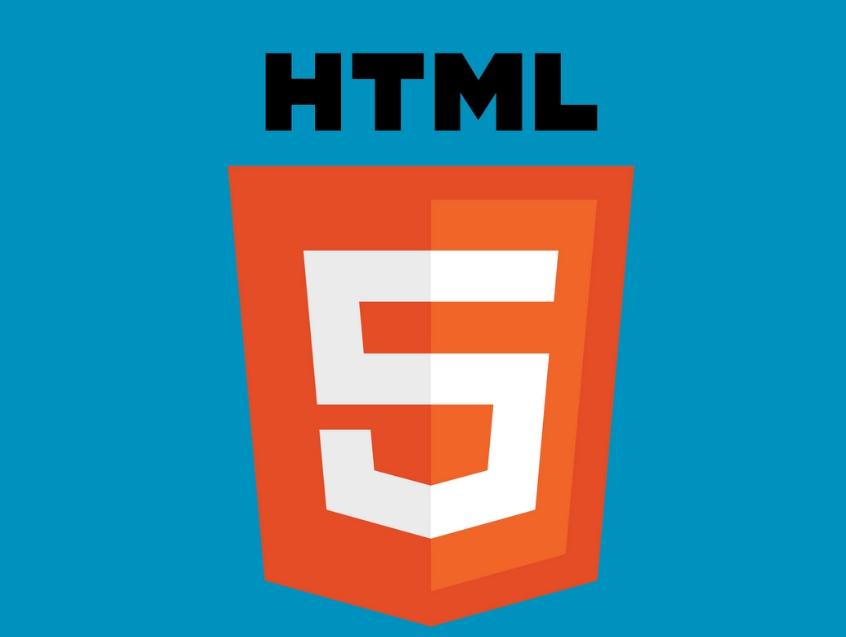

The above is the detailed content of 10 recommended articles about datalis. For more information, please follow other related articles on the PHP Chinese website!

Hot AI Tools

Undresser.AI Undress
AI-powered app for creating realistic nude photos

AI Clothes Remover
Online AI tool for removing clothes from photos.

Undress AI Tool
Undress images for free

Clothoff.io
AI clothes remover

Video Face Swap
Swap faces in any video effortlessly with our completely free AI face swap tool!

Hot Article

Hot Tools

Notepad++7.3.1
Easy-to-use and free code editor

SublimeText3 Chinese version
Chinese version, very easy to use

Zend Studio 13.0.1
Powerful PHP integrated development environment

Dreamweaver CS6
Visual web development tools

SublimeText3 Mac version
God-level code editing software (SublimeText3)

Hot Topics
 1677
1677
 14
14
 1430
1430
 52
52
 1333
1333
 25
25
 1278
1278
 29
29
 1257
1257
 24
24
 HTML: The Structure, CSS: The Style, JavaScript: The Behavior
Apr 18, 2025 am 12:09 AM
HTML: The Structure, CSS: The Style, JavaScript: The Behavior
Apr 18, 2025 am 12:09 AM
The roles of HTML, CSS and JavaScript in web development are: 1. HTML defines the web page structure, 2. CSS controls the web page style, and 3. JavaScript adds dynamic behavior. Together, they build the framework, aesthetics and interactivity of modern websites.
 The Future of HTML, CSS, and JavaScript: Web Development Trends
Apr 19, 2025 am 12:02 AM
The Future of HTML, CSS, and JavaScript: Web Development Trends
Apr 19, 2025 am 12:02 AM
The future trends of HTML are semantics and web components, the future trends of CSS are CSS-in-JS and CSSHoudini, and the future trends of JavaScript are WebAssembly and Serverless. 1. HTML semantics improve accessibility and SEO effects, and Web components improve development efficiency, but attention should be paid to browser compatibility. 2. CSS-in-JS enhances style management flexibility but may increase file size. CSSHoudini allows direct operation of CSS rendering. 3.WebAssembly optimizes browser application performance but has a steep learning curve, and Serverless simplifies development but requires optimization of cold start problems.
 The Future of HTML: Evolution and Trends in Web Design
Apr 17, 2025 am 12:12 AM
The Future of HTML: Evolution and Trends in Web Design
Apr 17, 2025 am 12:12 AM
The future of HTML is full of infinite possibilities. 1) New features and standards will include more semantic tags and the popularity of WebComponents. 2) The web design trend will continue to develop towards responsive and accessible design. 3) Performance optimization will improve the user experience through responsive image loading and lazy loading technologies.
 HTML vs. CSS vs. JavaScript: A Comparative Overview
Apr 16, 2025 am 12:04 AM
HTML vs. CSS vs. JavaScript: A Comparative Overview
Apr 16, 2025 am 12:04 AM
The roles of HTML, CSS and JavaScript in web development are: HTML is responsible for content structure, CSS is responsible for style, and JavaScript is responsible for dynamic behavior. 1. HTML defines the web page structure and content through tags to ensure semantics. 2. CSS controls the web page style through selectors and attributes to make it beautiful and easy to read. 3. JavaScript controls web page behavior through scripts to achieve dynamic and interactive functions.
 HTML vs. CSS and JavaScript: Comparing Web Technologies
Apr 23, 2025 am 12:05 AM
HTML vs. CSS and JavaScript: Comparing Web Technologies
Apr 23, 2025 am 12:05 AM
HTML, CSS and JavaScript are the core technologies for building modern web pages: 1. HTML defines the web page structure, 2. CSS is responsible for the appearance of the web page, 3. JavaScript provides web page dynamics and interactivity, and they work together to create a website with a good user experience.
 Beyond HTML: Essential Technologies for Web Development
Apr 26, 2025 am 12:04 AM
Beyond HTML: Essential Technologies for Web Development
Apr 26, 2025 am 12:04 AM
To build a website with powerful functions and good user experience, HTML alone is not enough. The following technology is also required: JavaScript gives web page dynamic and interactiveness, and real-time changes are achieved by operating DOM. CSS is responsible for the style and layout of the web page to improve aesthetics and user experience. Modern frameworks and libraries such as React, Vue.js and Angular improve development efficiency and code organization structure.
 What is the difference between <strong>, <b> tags and <em>, <i> tags?
Apr 28, 2025 pm 05:42 PM
What is the difference between <strong>, <b> tags and <em>, <i> tags?
Apr 28, 2025 pm 05:42 PM
The article discusses the differences between HTML tags , , , and , focusing on their semantic vs. presentational uses and their impact on SEO and accessibility.
 HTML as a Markup Language: Its Function and Purpose
Apr 22, 2025 am 12:02 AM
HTML as a Markup Language: Its Function and Purpose
Apr 22, 2025 am 12:02 AM
The function of HTML is to define the structure and content of a web page, and its purpose is to provide a standardized way to display information. 1) HTML organizes various parts of the web page through tags and attributes, such as titles and paragraphs. 2) It supports the separation of content and performance and improves maintenance efficiency. 3) HTML is extensible, allowing custom tags to enhance SEO.




